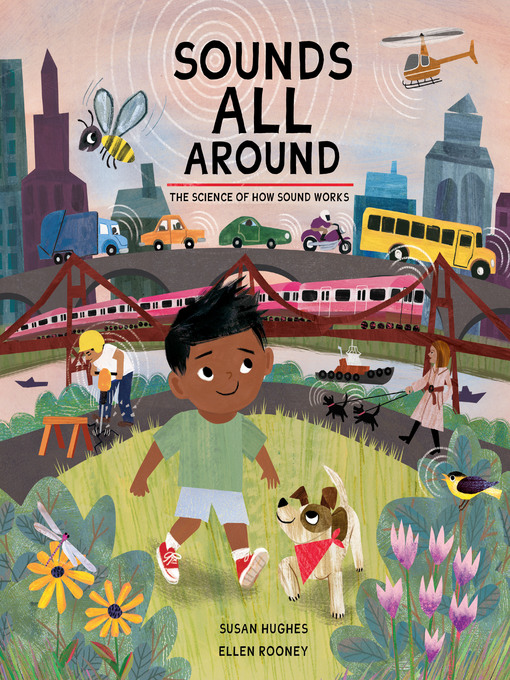A comprehensive, kid-friendly examination of how sound works.
How does sound happen? How do we hear it? What makes some sounds loud and some soft? Some high pitched and some low pitched? How do humans and animals use sound to communicate? Which sounds happen naturally, and which are created for a specific purpose? This charming picture book explores all of these questions in easy-to-understand and child-friendly language, offering a gentle introduction to how sound works.
Kids are experts at making noise. Now they'll want to stop and listen, too!

